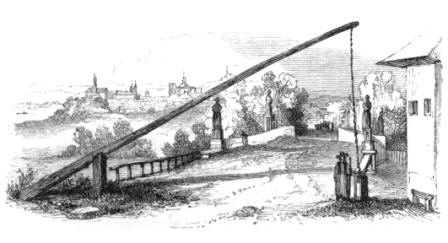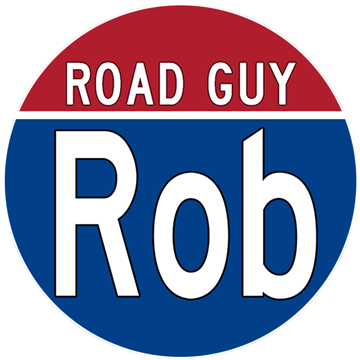Toll booths are a product of the eighteenth century, when toll collectors would literally turn down a pike in the middle of a dirt road (turnpike). These staffed plazas were practical for the technology of their day. But if an engineer were to have invented a toll booth today, it would be straight-up engineering malpractice.
Placing an employee in a tiny hut in the middle of a 70-mile-per-hour highway?

Electronic Toll Collection
Collecting tolls using radio waves first appeared in the late-1980s as a safer alternative to toll plazas. Motorists would install a radio transponder on their car’s windshield. Broadcast equipment installed on an overhead gantry would identify the car and bill an account without the driver slowing down.
Over the past three decades, ETC has been so successful that many toll road agencies are now eliminating cash lanes entirely. Some, like the MassPike in Massachusetts, have even demolished the now-empty toll booths.

Eliminating cash lanes poses a new problem. How do you pay if you don’t have a toll pass transponder? And once you buy one, how do you pay when you travel to another state which uses a different technology?
Scenario: A family from Dallas makes an epic Disneyland road trip to California. On their beach day, Google Maps routes them onto the CA-73 toll road. They attempt to use a cash lane, only to discover they must pay with a transponder. They do have a Toll Tag transponder for Texas toll roads. But California presently only accepts Fastrak.
This scenario is reality in pretty much every state, except between EZ Pass states in the northeast. However, EZ Pass only works in the northeast agreement area. Try to use it in Denver? No bueno.

Are out-of-town visitors simply out of luck?
In this video, I sit down with Samuel Johnson, the Chief Operations Officer for TCA (Orange County’s toll road authority). He shares with me a cool new sticker which will soon make paying local and out-of-state tolls easier than ever.
When Congress passed a five-year transportation funding package in 2012, the law required toll agencies to make their transponders “interoperable” within 4 years. Although this deadline has passed, agencies have made significant progress to agree on a unified technology: ISO 18000-63 (“6-C”).
A few states already use C-6 transponder technology. California is now the latest state to join the new national standard, with a series of new toll transponder stickers.

Existing hard case passes cost between $10-20. Those will continue to work for another 4-5 years. New toll customers can opt into a small transparent sticker, which uses the 6-C technology instead.
The sticker runs just 50 cents, so the toll agency mails it out at no cost when you open an account. The goal is to entice users who never opened accounts because they only used the toll road a few times a year. The Orange County Toll Road Agency (TCA) has eliminated monthly fees for having an account.
Eliminating those fees, and making the transponders (basically) free should win over a lot of casual users. It appears to be working. TCA has seen a 50% increase in the total number of accounts — in just 2 years.
When can I use my pass in another state?
Soon, but not yet.
I tried to get Mr. Johnson to commit to a date, but he wouldn’t offer one yet because states are still signing agreements to make sure toll accounts in one state will actually transfer the money to the agency in other state. But with America nearly clearing the two major hurdles (technology standardization and multi-state account agreements), I suspect it will be within 1-2 years.
